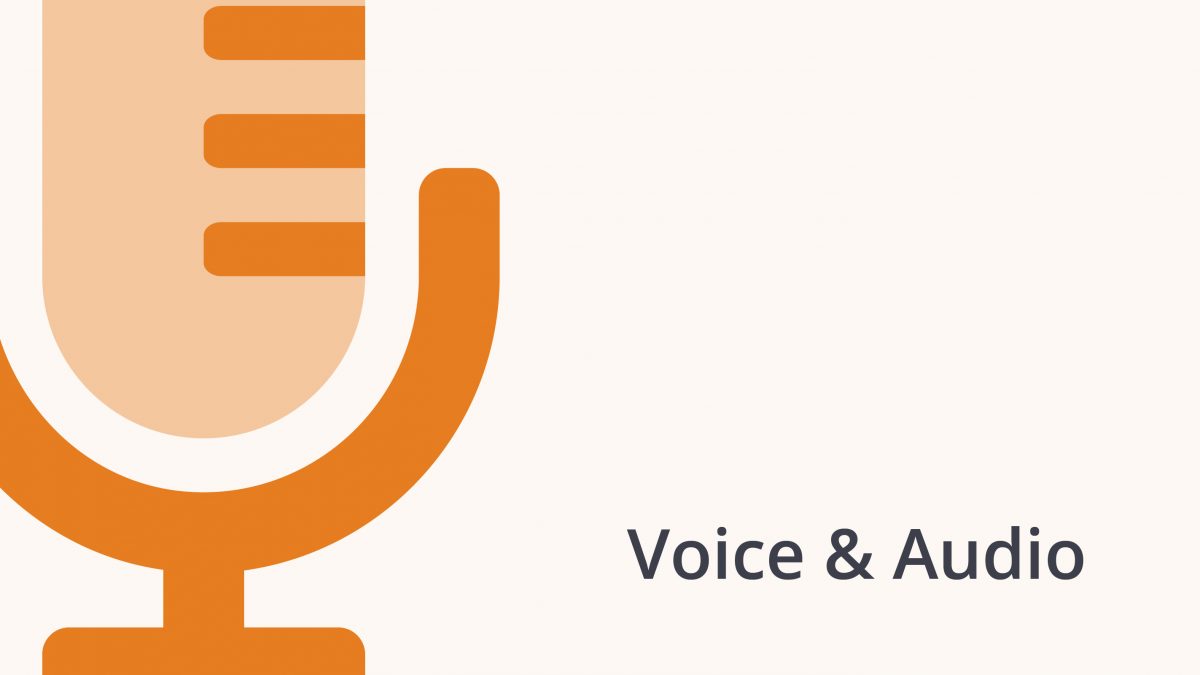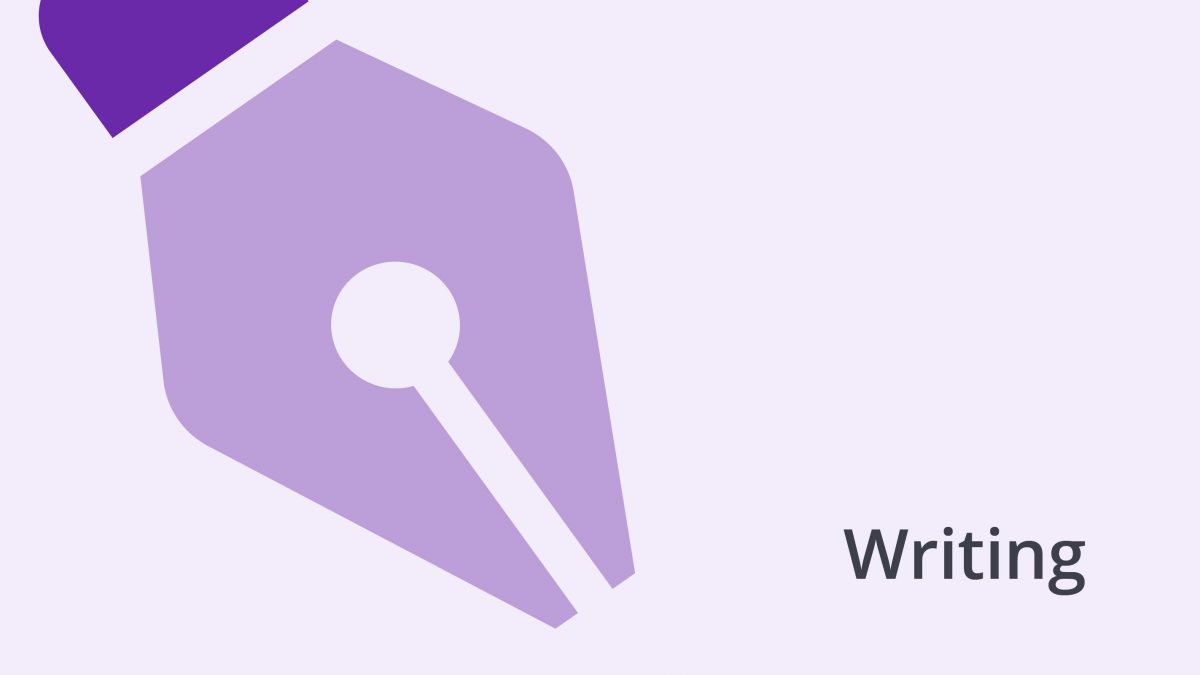Why would somebody need summary writers? This is a question that many who have to present a long text to prospective readers often pose. This line of thinking is of the opinion that all you have to do is skim through the text, like a transcript, and pull a few sentences out of it. Then you just present those to a potential reader.
If only things were that simple. In real life, writing a summary is a much more complex process that requires a set of steps. These steps are necessary so that its reader doesn’t simply discard both the summary and the text it is based on.
Imagine that you have a long personal biography or a text that needs to be translated. If you don’t get the right information about what such texts include, you might come to the wrong decision about it.
But, what does writing a summary actually entail? According to Masterclass, “a summary is a brief summarization of a larger work that gives the reader a comprehensive understanding.”
“ With a great summary, you can condense a range of information, giving readers an aggregation of the most important parts of what they’re about to read (or in some cases, see). A well-written summary provides a basic understanding of a piece of literature, media, or history.”
The purpose of a summary is to provide readers with a succinct overview of important details or interesting information, without inserting a personal opinion. A summary gives a brief rundown of the main points of a text or piece of media, like the abstract to a scientific paper, a description of a movie’s plot, or in the form of a novel synopsis (above).
What do summary writers actually have to do?
In brief, to write a summary, “a writer will gather the main ideas of an article, essay, television show, or film they’ve read or watched and condense the central ideas into a brief overview.”
Essentially, summaries give an abridged version of another work. This is usually in a form of a paragraph, sometimes a bit more. There is even a specialized summary category, often used in business writing called the executive summary.
The main point that summary writers have to bring is to “provide an abridged description of another work in the form of a paragraph, providing enough detail so that the reader understands the subject of the summary while highlighting the summary writer’s personal understanding of the subject matter.”
But what kind of documents or recorded material do summary writers have to work on? Actually, that list can be quite extensive. The decision to summarize something essentially depends on the length and the complexity of the text. But the length can actually vary from a few to a few thousand pages. Why? Because even with the documents like CVs that are not that long, potential readers have to go through quite a few of those. And that in itself takes some serious time.
Here is a brief list of what time of text or recorded material might require a summary:
- Long documents of general nature;
- Books, including both non-fiction and fiction;
- Court documents, from briefs and witness statements to judgments;
- Academic writings and reports:
- Complex business reports and proposals including graphs and charts;
- All lengthy recorded video and audio material, from films and videos to podcasts;
- Detailed resumes and CV.
Just this brief list of the material that may require a summary is a good indication of what might light ahead for prospective summary writers, and potential readers.

How should summary writers come up with a good summary?
Whatever needs to be summarized, it becomes quite clear that writing an effective, quality summary is an important skill for practically any writer. The skill also differs from writing other brief texts like press releases.
Of course, the first prerequisite is to be able to express thoughts and ideas as succinctly as possible. After all, in most cases, summary writers are confined to no more than one paragraph or so.
Along with that, a good summary writer has to have excellent research skills and eye for detail. He has to present only the key and essential information in the summary.
At the same time, summary writers are also specialized in certain writing fields like business writing or legal writing.
So, how should a writer make a good summary? Master Class (above), gives the following tips:
- First, find the key idea. “ A useful summary distills the source material down to its most important point to inform the reader.” Summary writers have to find the main point he needs to present to the reader and condense it into the summary form. To be able to do that, they need to constantly keep notes as they go along.
- Second, everything has to be as brief as possible. “A summary is not a rewrite—it’s a short summation of the original piece. A summary paragraph is usually around five to eight sentences.” Summary writers have to go through their draft a few times to eliminate any repetition or redundancy.
- Third, summary writers should not present their opinions. “ If you are summarizing an original text or piece of media, you are gathering and condensing its most relevant information, not writing a review.”
- Fourth, the summary has to have a flow. Summary writers have to connect their sentences with transition words to make the text flow.
What is an executive summary and who needs it?
As business specialists, Motley Fool explain, an executive summary has become one of the essential elements in presenting detailed and complex written or recorded material. “An executive summary condenses a much longer document and conveys its findings, takeaways, and recommended action plans. It often appears as the introductory section of a research study, white paper, or business plan. In project management, it accompanies documents such as a project proposal, statement of work, or project charter.”
Executive summaries go beyond a paragraph or two and are usually 1-4 pages long. This often depends on the length of the original document.
“Sometimes referred to as the management summary, it’s also the most frequently read section of a document and, in some cases, the only portion an executive or investor might read.”
“If you’re looking to boost your business budget or secure funding for a project that’s tied to a major business development initiative, treat the executive summary report as your elevator pitch, the hook to lure your target audience into learning more about your project, business plan, or proposal.”
The content of an executive summary depends on the content of the original material itself. For example, A project proposal executive summary may provide an overview of the project scope and constraints.” It may also include a summary of the project resources, a description of the major deliverables, and so on.
Essentially, an executive summary has to have in mind what information would be interesting to the target audience. Information that they can digest in a brief amount of time.
Executive summaries are perfectly suited for proposals
Motley Fool (above) presents some essential steps to cover key components when writing an executive summary of a business proposal:
- The opening has to grab attention. A potential summary writer has to immediately capture the attention of the reader. This can be done by talking about the issue the readers need to address.
- Defining the problem. The writer needs to clearly present the problem or the goal “ your proposal aims to address. You want to assure the client or sponsor that you fully understand the situation.”
- Present a describe a potential solution and its expected outcome. The writer has to Then, give them a mental picture of what their business would end up looking like once their problem is solved. You want to touch on the business benefits of the completed project, which will generally come in the form of:
- Money: Better sales numbers, more cost savings, better use of ad dollars, more loyal customers, etc.
- Time: More time for other value-adding initiatives
- Authority: Better brand name recognition, industry leadership
- Efficiency: Simpler, more streamlined processes.
- Providing evidence to authors claims. The writer has to present the expertise of the author(s). “You want the client to know that you or your team can deliver on time and within budget.” Including key figures can “ highlight your ability to get things done.”
- Present a CTA, a call to action. “Explain why they should work with you and what they can achieve by doing so. Your call to action can also include your contact information, in case the executive has a question.”
Do I need to hire a summary writer?
On all of the evidence above, there are clear indications that very often, you may require the services of summary writers. You may want to present a book you have written or think is important. Or, there is a long film or video you find essential that a certain audience needs to see. Or, as noted above, you need to present an important business proposal or operational report.
As mentioned previously, writing a summary requires some other specific skills that go beyond just good writing. The ability to recognize key details and points and present them as briefly as possible is something that requires professional experience. Getting the right academic grant, a business deal, or a dream job can often hinge on whether the text or material you need to present is even considered. That is where the right summary comes into play.
So, enlisting the services of a good professional summary writer or even summary writer can become necessary. In most cases, such instances can be resolved by hiring a freelancer.










